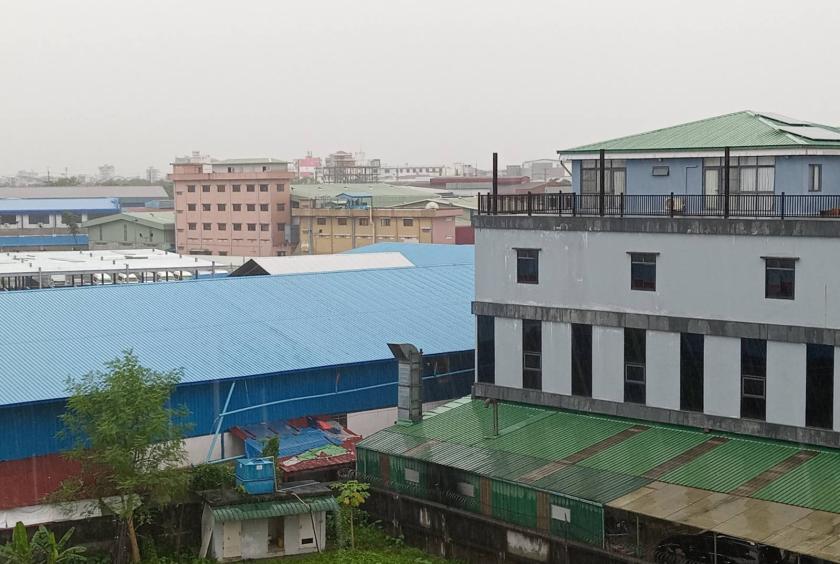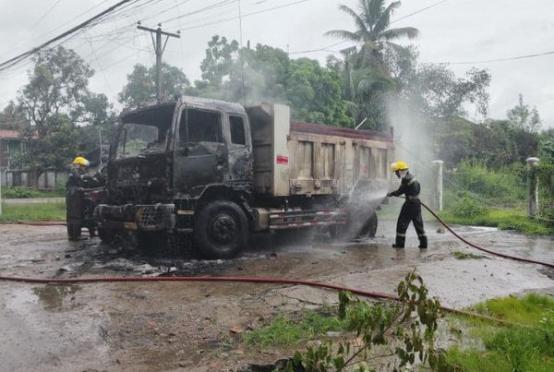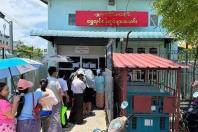Previously, industrial zones in Yangon Region received only four hours of electricity per day. However, the duration of electricity supply has now increased, according to residents of those industrial zones.
"Starting from this Saturday, we have been getting electricity from 9 AM to 5 PM. There are also fewer outages," said a resident of Thaketa Industrial Zone.
Since June 15, industrial zones in Yangon Region, which previously received only four hours of electricity per day, have been getting daily electricity supply from 9 AM to 5 PM.
"It's good that the electricity is back. We no longer need to use as much fuel for operations. The outages have also reduced," said a resident of South Dagon Industrial Zone.
From May 22, industrial zones in Yangon Region were receiving electricity only from 5 AM to 7 AM, causing difficulties for business owners.
Due to the destruction of power lines and insufficient water levels in dams, only about 50% of the electricity demand could be met. The Ministry of Electric Power announced that 46% of the electricity was distributed to Yangon Region, 16% to Mandalay Region, and 38% to other regions and states.
Currently, about 50% of the electricity production uses natural gas in thermal power plants. However, the availability of natural gas has decreased, leading to a reduction of around 446 MW in electricity generation from natural gas power plants. The total reduction in production from hydro and natural gas plants amounts to about 799 MW, as stated in the ministry's announcement.
To meet the country's electricity needs, the remaining installed capacity of 6385.46 MW is being utilized. However, due to insufficient rainfall during the 2023 monsoon season, the dams did not fill adequately. Additionally, to maintain a stable and uninterrupted electricity supply nationwide, water stored in the reservoirs from November to June was carefully managed for electricity production. The ministry's announcements indicate that, due to these challenges, an average of only about 2800 MW of electricity per day could be produced, meeting only about 50% of the demand.
















